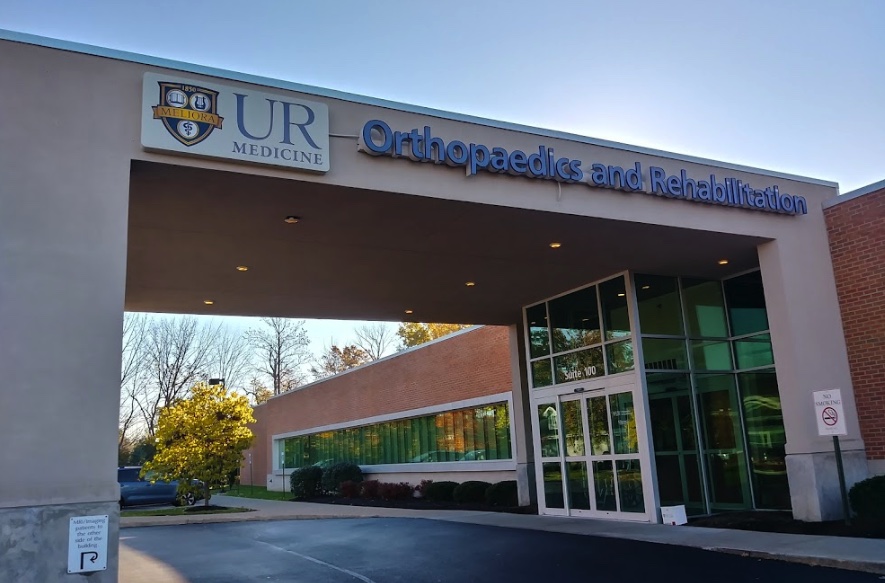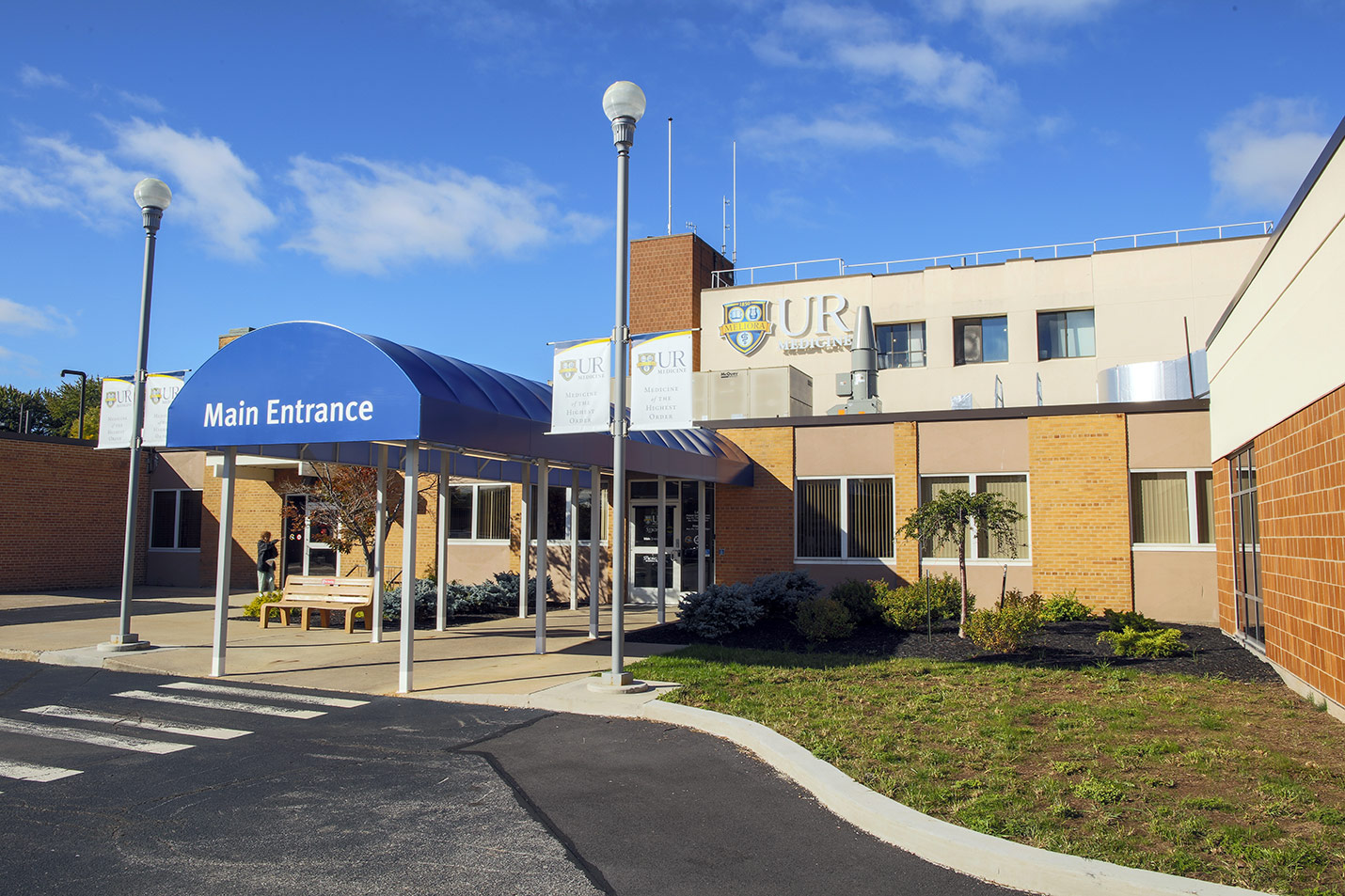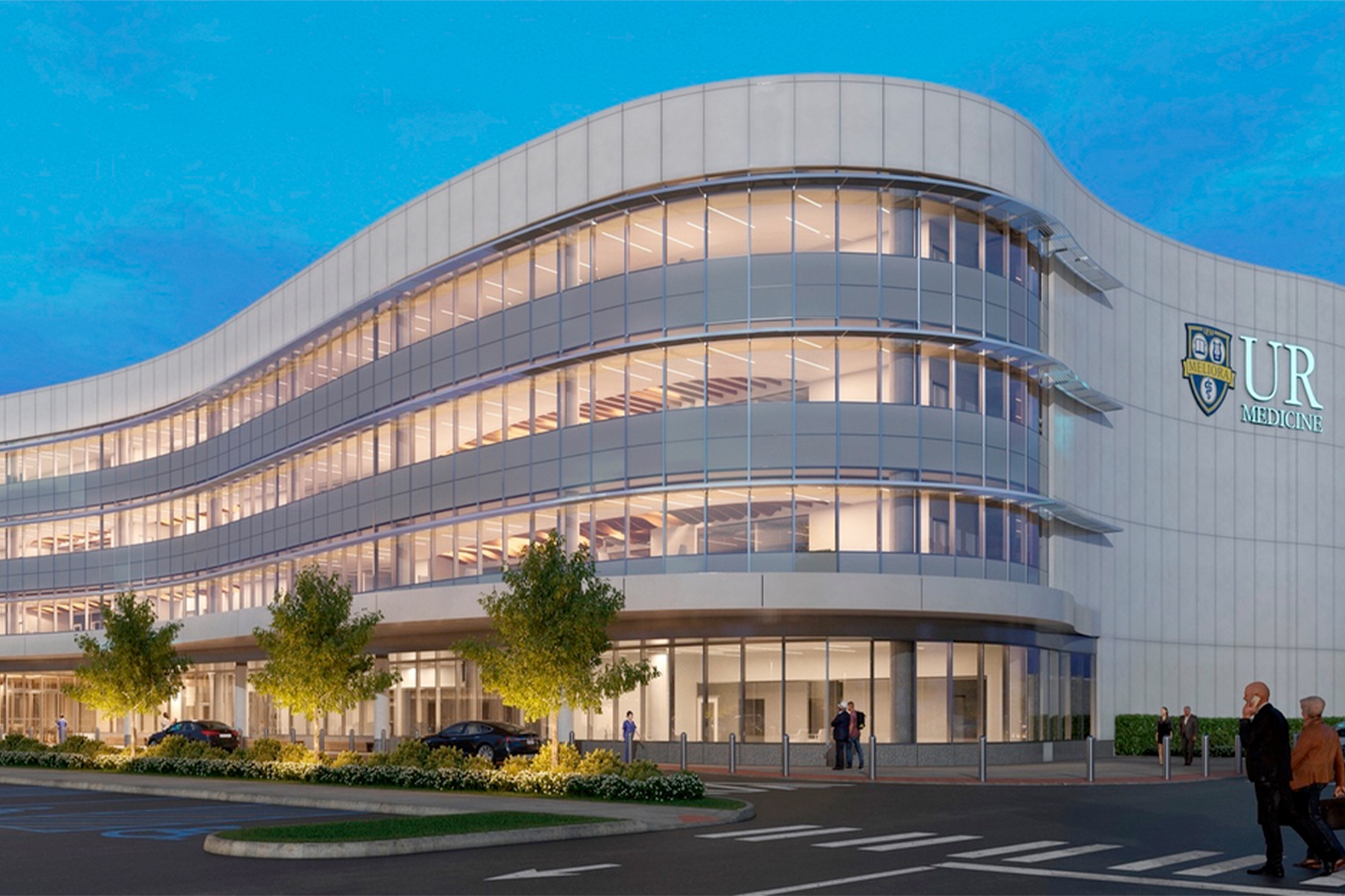Foot & Ankle Pain & Injury
Make Appointments & Get Care
What is Foot & Ankle Pain & Injury?
Any foot or ankle condition can be devastating. When every step causes pain, you’re less likely to exercise, leave the house, or even manage everyday chores. When pain changes your lifestyle, it's time to seek help.
The Foot and Ankle team brings together more medical specialists than any other medical center in the nine-county area. Here our fellowship-trained doctors and therapists work as a team, diagnosing the cause of your pain and determining the best treatment approach.
Schedule an appointment with a UR Medicine provider.
Call (585) 275-5321UR Medicine's Treatments for Foot & Ankle Pain & Injury
The UR Medicine Foot and Ankle experts diagnose and treat all conditions of the foot and ankle in adults and children, from the simplest to the most complex.
Our team provides everything you need: the area’s top foot and ankle specialists, imaging services, physical therapy, braces, and orthotics.
We’re experts in everything from conservative treatments (stretching exercise; anti-inflammatory medicine; orthotics and braces, physical therapy and rehabilitation) to injection therapies (cortisone injections; selective nerve blocks) to minimally invasive and complex surgical procedures (arthroscopy, joint replacement).
What Sets Us Apart?
We run the region's largest fellowship-trained and board-certified foot and ankle orthopaedic practice, and our specialists in the Neurosurgery Department are expertly trained and experienced in all types of surgery, from simple to complex.
Therapeutic Shoe Program
Our Medicare Therapeutic Shoe Program is for Medicare patients with diabetes and numbness in the feet (peripheral neuropathy). We provide a financial allowance for orthotics and therapeutic shoes to protect the feet from ulcers and injury.
Running Clinic
The UR Medicine Running Clinic is the only clinic in Western New York dedicated to running injury prevention, treatment and performance. Pain or stiffness in muscles, bones or joints can make everything from walking the dog to playing a sport difficult. And injury can make even everyday tasks impossible.
Urgent Care
Our Orthopaedic Urgent Care program is not a walk-in clinic. It is designed for injured patients to have a scheduled visit within 24-hours of your doctor's call. We have outstanding podiatrists skilled in preventative foot care for patients with diabetes, neuropathy (numbness, tingling, prickling, burning sensations) or trouble reaching their feet to properly care for them.
Locations
View All LocationsWe serve you in the Rochester metropolitan area and surrounding region.
View All Locations6 locations
Omnitech Park
7670 Omnitech Place
Victor, NY 14564
Platinum Office Complex
2064 Fairport Nine Mile Point Road, Suite 100
Penfield, NY 14526
Spring Pines Office Park
1672 Empire Boulevard, Suite 100
Webster, NY 14580
Marketplace
10 Miracle Mile Drive
Rochester, NY 14623
Clinton Crossings, Building D
4901 Lac De Ville Boulevard, Suite 210
Rochester, NY 14618



